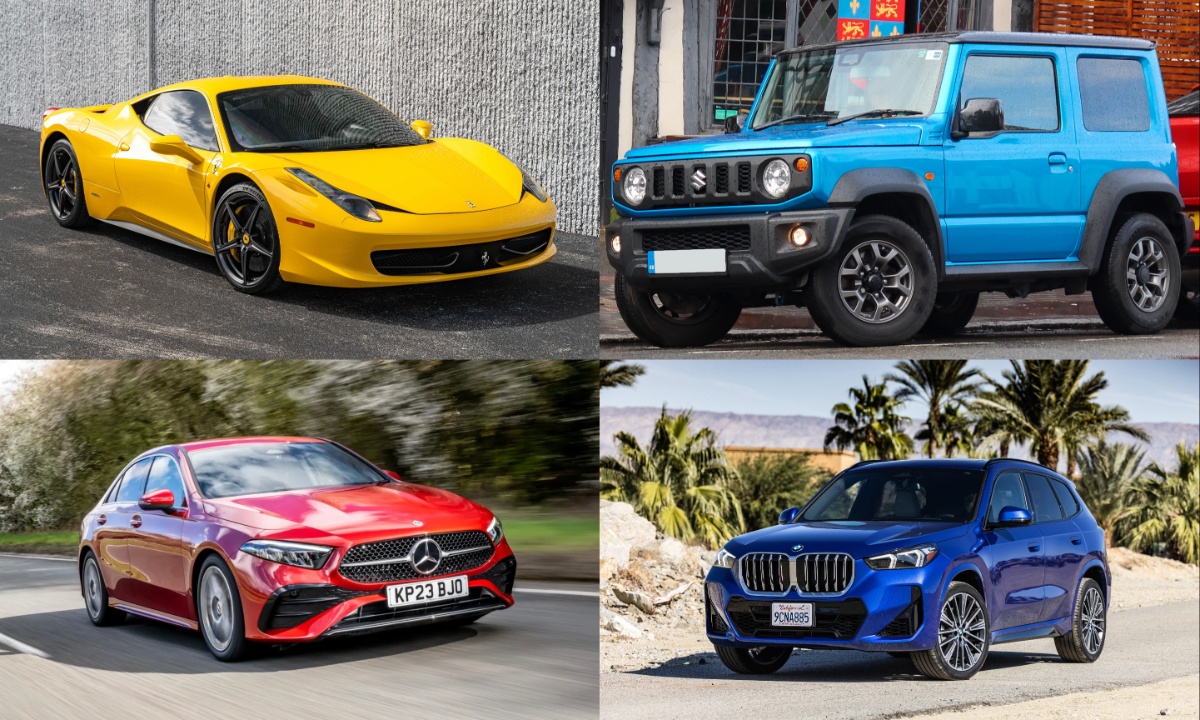The evolution of automobiles since 1885 has been remarkable, with continuous advancements in design, technology, and performance. Despite the strict regulations and rigorous safety tests, some cars still fail crash tests yet remain available on the market.
Safety ratings vary across countries, and some vehicles continue to be sold despite their poor crash test results. This article delves into fifteen such vehicles that raise serious safety concerns and should make potential buyers reconsider their choices.
1. Ford Explorer – A Legacy of Safety Issues
The Ford Explorer, first introduced in 1990, has had a troubled history. The 1991 model was known for its design flaws that made it prone to crashes. Unfortunately, even in 2018, the Ford Explorer failed crash tests, yet it remains available for purchase, leaving many questioning Ford’s commitment to safety.
The SUV’s structural weaknesses and inability to properly protect passengers in high-impact crashes are alarming. Although Ford has improved many of its models, this vehicle’s lingering safety concerns are a red flag.
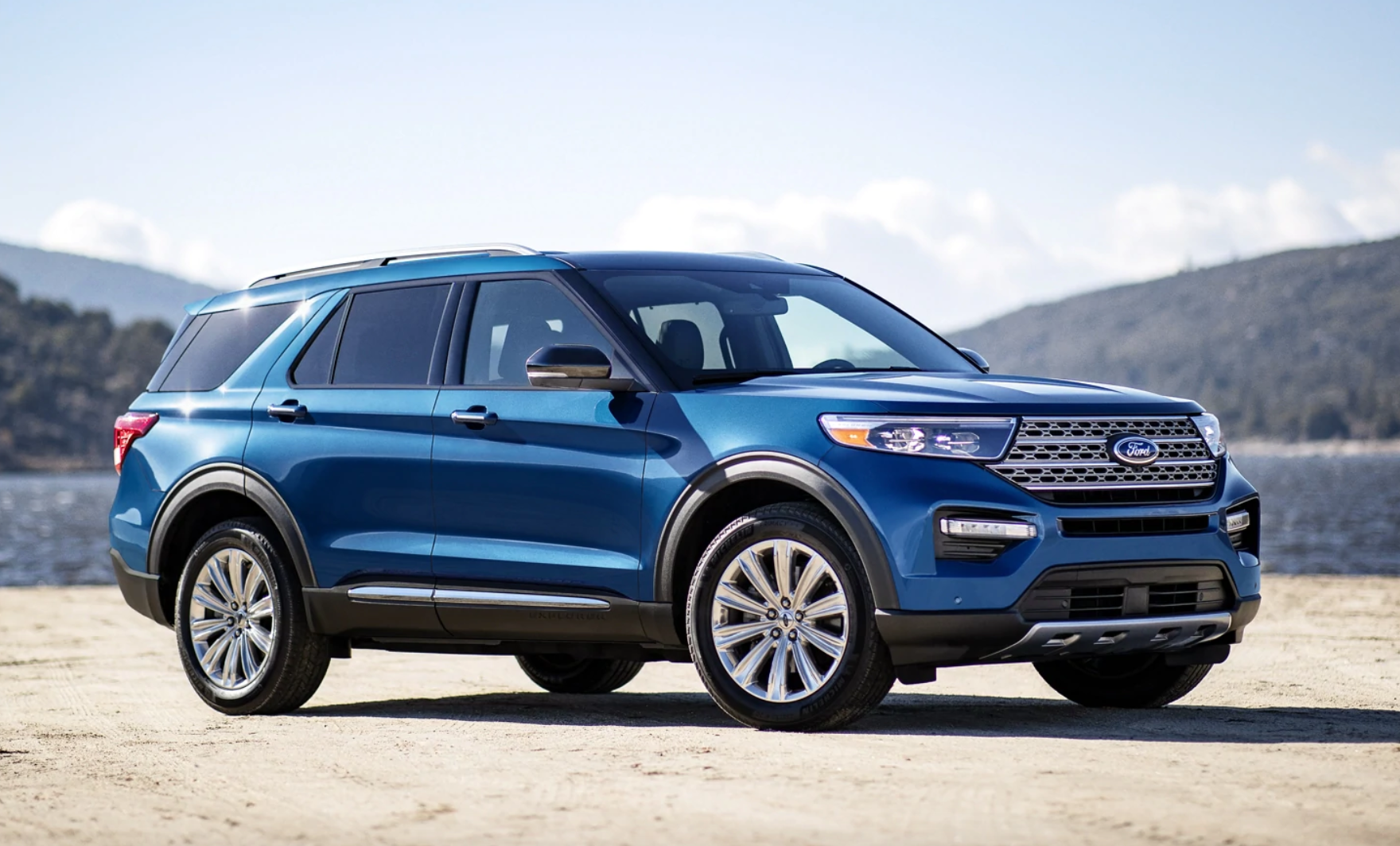
2. BMW X1 – Faulty Braking System
The BMW X1, despite being a premium SUV, has significant issues with its automatic braking system. It failed multiple dummy tests, scoring zero in pedestrian safety. Even with the addition of Daytime Pedestrian Detection technology, the system failed during crash tests, making it a questionable choice for safety-conscious drivers.
This problem increases the risk of frontal collisions, especially in urban environments where quick reaction times are crucial. Consumers who prioritize safety should carefully reconsider purchasing this vehicle.
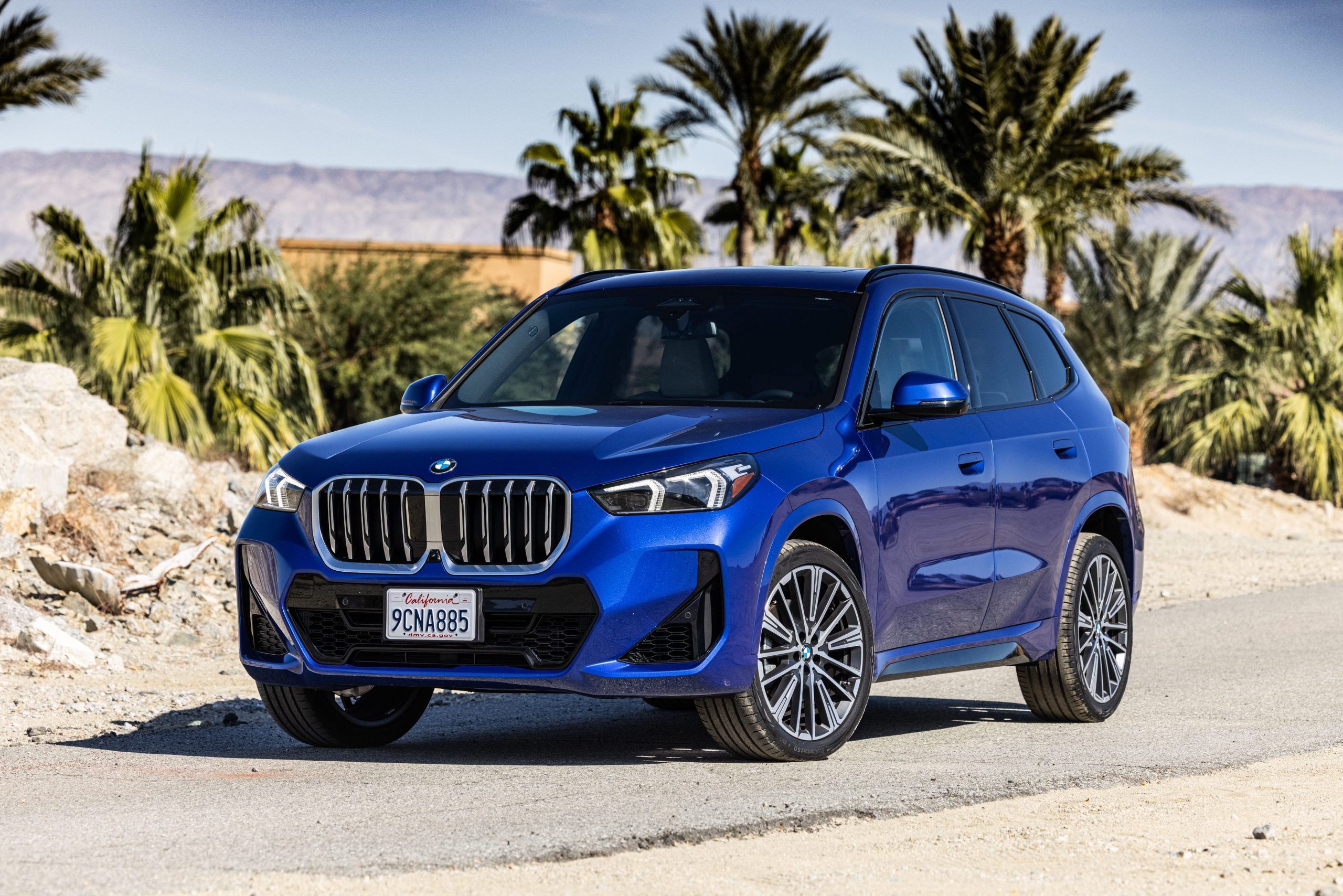
3. Ford Escape – Poor Passenger Protection
The 2018 Ford Escape performed terribly in front-seat passenger protection during crash tests. Despite this, it continues to be one of the best-selling crossovers in the U.S. market, raising concerns about safety priorities in consumer choices.
The front cabin showed considerable deformation upon impact, which could lead to severe injuries for passengers. The Ford Escape’s shortcomings in protecting occupants highlight the necessity of stricter safety testing for mass-market vehicles.
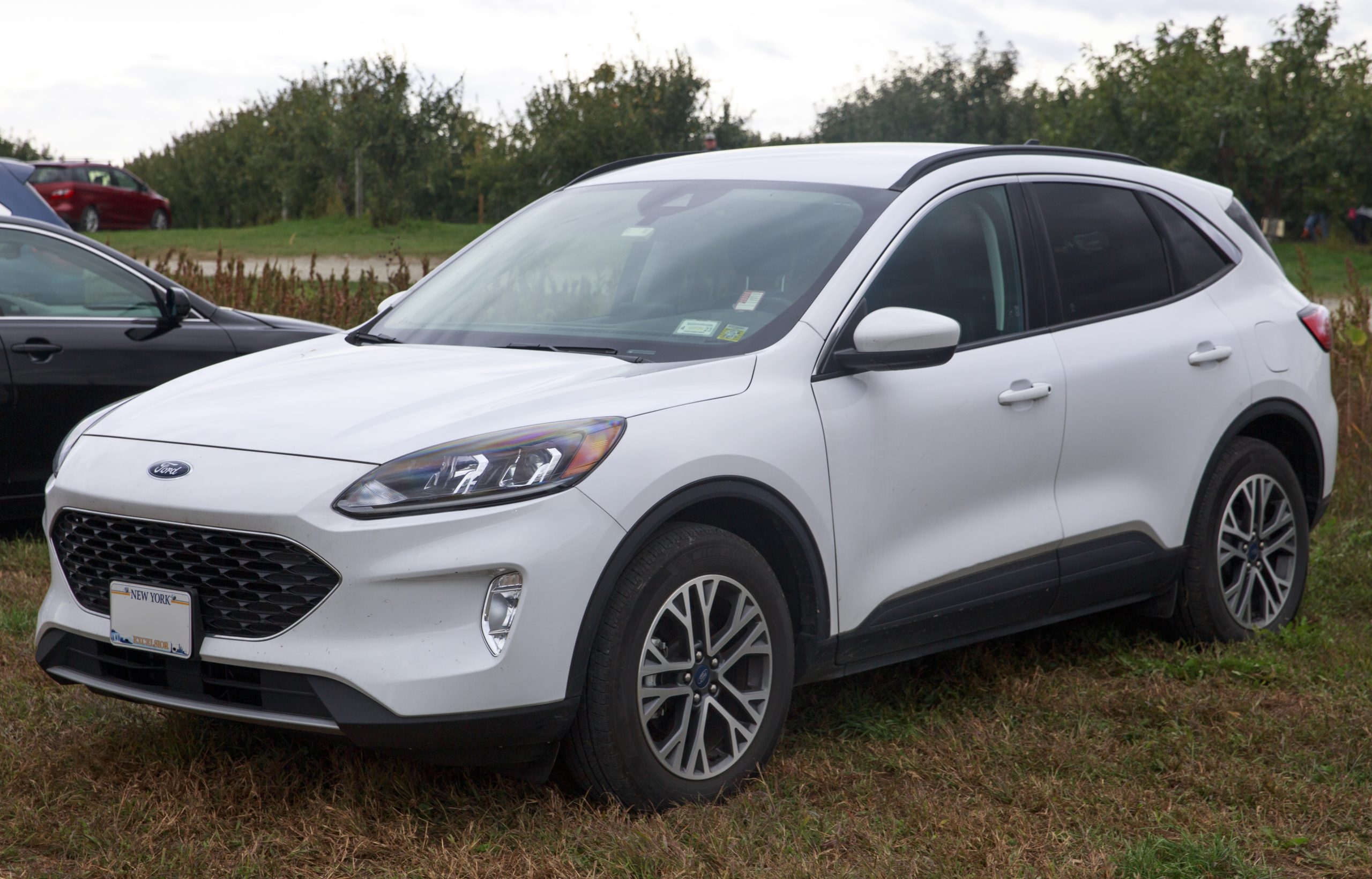
4. Toyota Tundra – High-Risk Pickup Truck
The 2019 Toyota Tundra failed tests conducted by the Insurance Institute for Highway Safety (IIHS). The truck was tested at 40 mph and performed poorly, leading experts to deem it a high-risk vehicle with low recommendations.
Despite its rugged look and strong performance in towing and hauling, its structural weaknesses in frontal crash tests make it a concerning choice for those seeking both durability and safety. Many experts have called for Toyota to redesign the Tundra to meet modern safety standards.
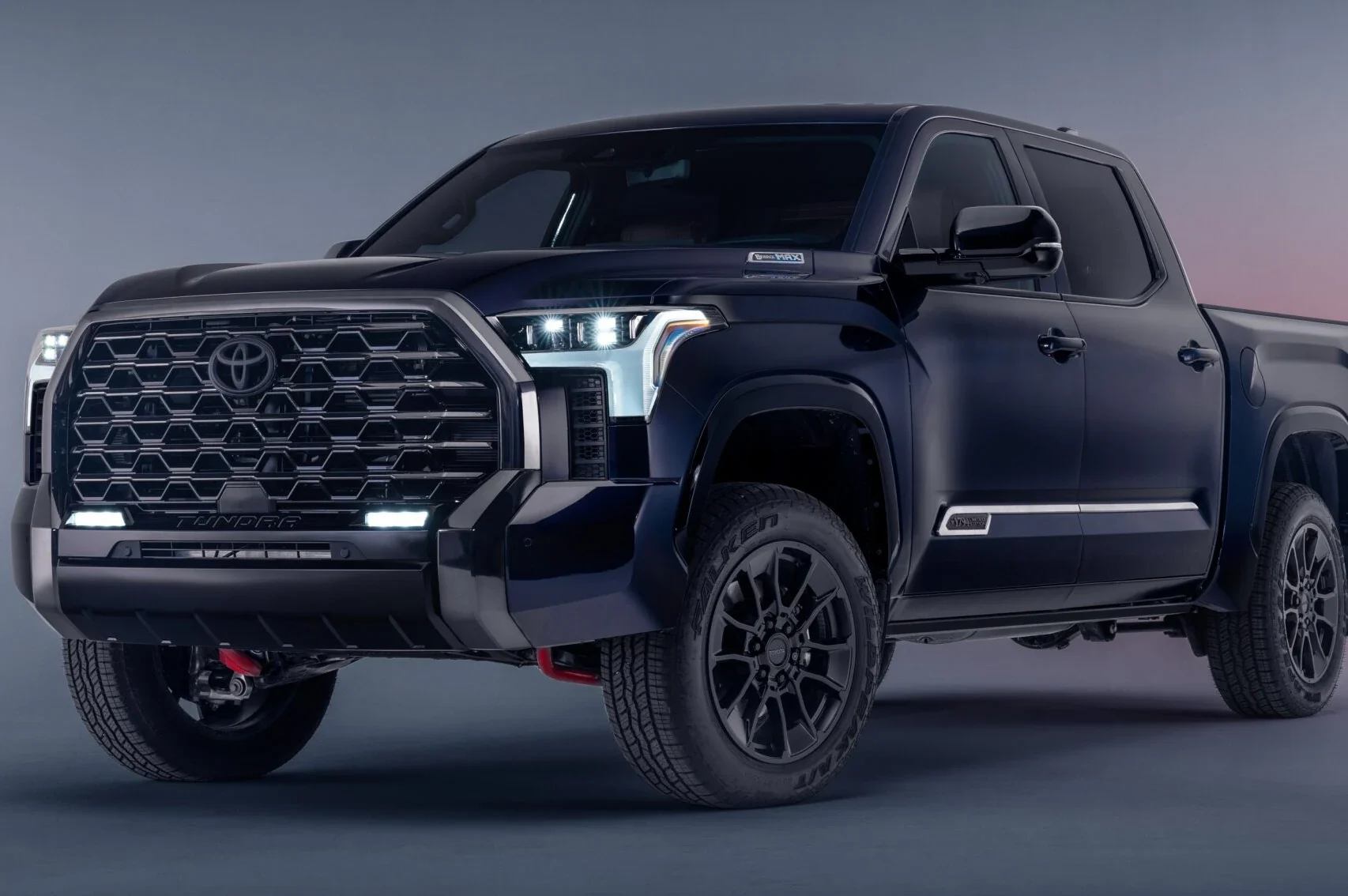
5. Toyota Hilux – Recurring Safety Issues
The Toyota Hilux has had persistent safety concerns. The 2007 model barely avoided rolling over during the moose test, and in 2016, the IIHS found faults in its dynamic safety system, making it heavily reliant on tire quality.
This makes it an unreliable choice in terms of safety. While Toyota markets the Hilux as a rugged and reliable pickup, its poor handling in emergency maneuvers presents a risk to both drivers and pedestrians alike.
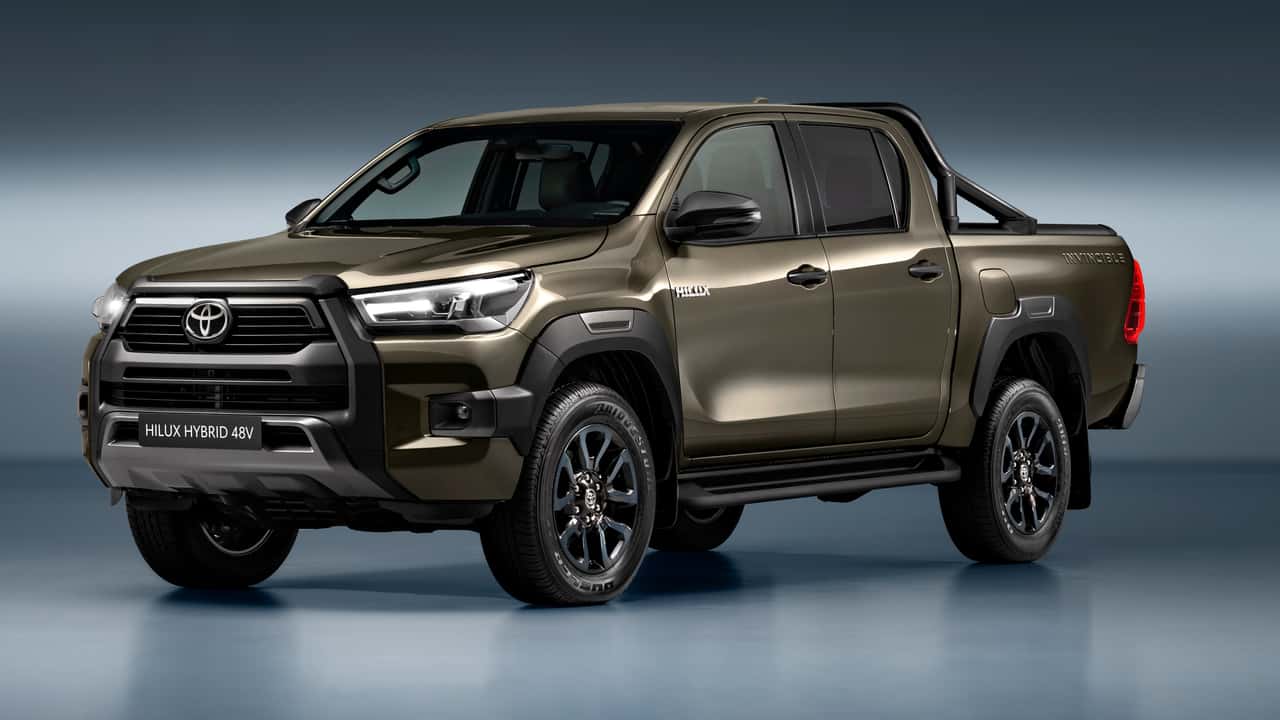
6. Toyota RAV4 – Unreliable Crossover
Despite Toyota’s strong reputation, the 2019 Toyota RAV4 failed to impress in crash tests. Although it survived multiple assessments, experts concluded it was not a highly reliable SUV. Structural weaknesses and inadequate crumple zones make it a less-than-ideal choice for families prioritizing safety. Consumers are advised to research alternatives before settling for the RAV4.
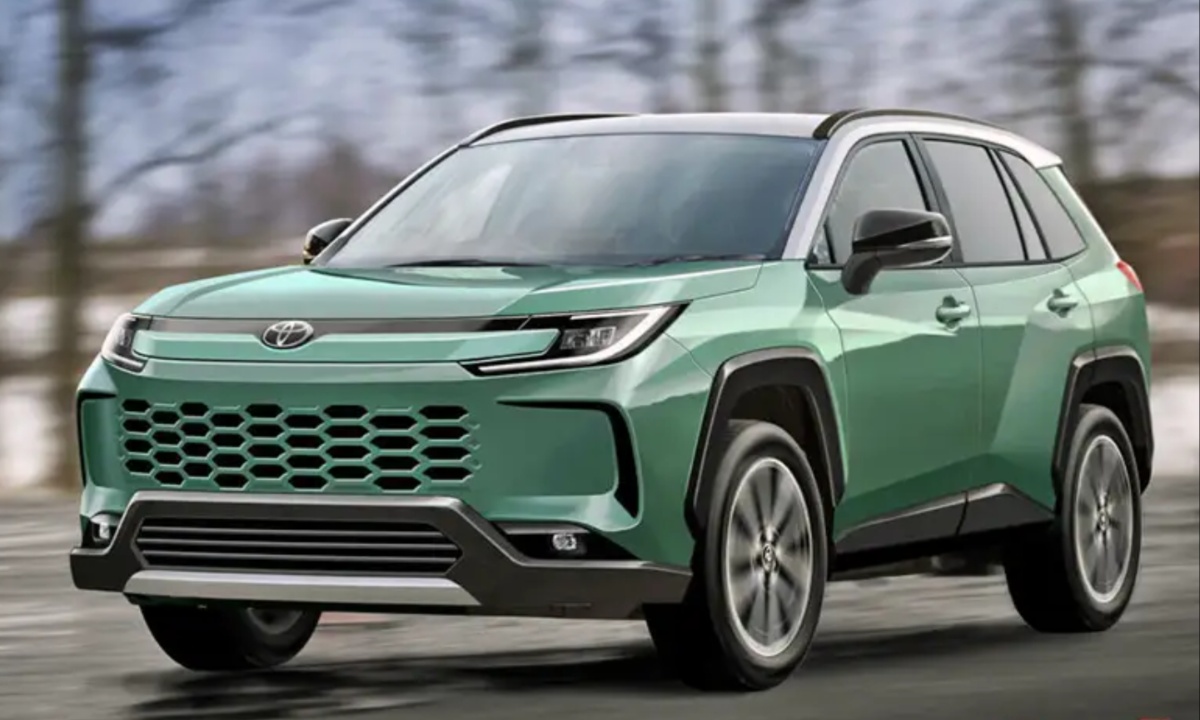
Also Read: 10 Best Performance Hatchbacks You Can Buy in 2025 for Speed, Style, and Practicality
7. Mercedes A-Class – A Rough Start
The Mercedes A-Class initially performed so poorly in crash tests that it flipped over during testing. The incident received significant media attention, pushing Mercedes to improve its safety measures.
While the newer models pass safety tests, the early versions highlight a concerning history. For luxury car buyers expecting top-tier safety, this early failure serves as a reminder that even premium brands can make mistakes.
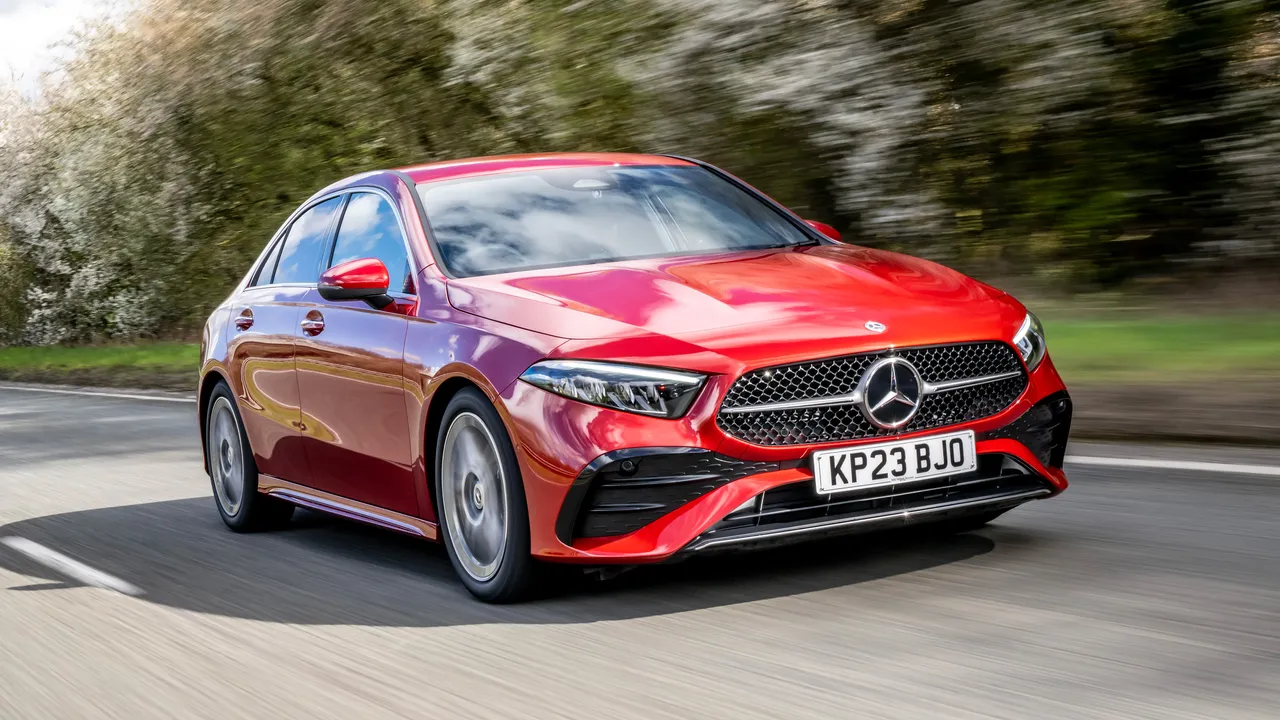
8. Jeep Grand Cherokee – Airbag Failure
The Jeep Grand Cherokee, despite improvements, still struggles with safety. During IIHS tests, the airbag failed to deploy properly, causing the dummy’s head to strike the dashboard and fall to the floor. The Grand Cherokee has more work to do in ensuring passenger safety. Off-road capability may be its strong suit, but safety is a key factor that should not be compromised.
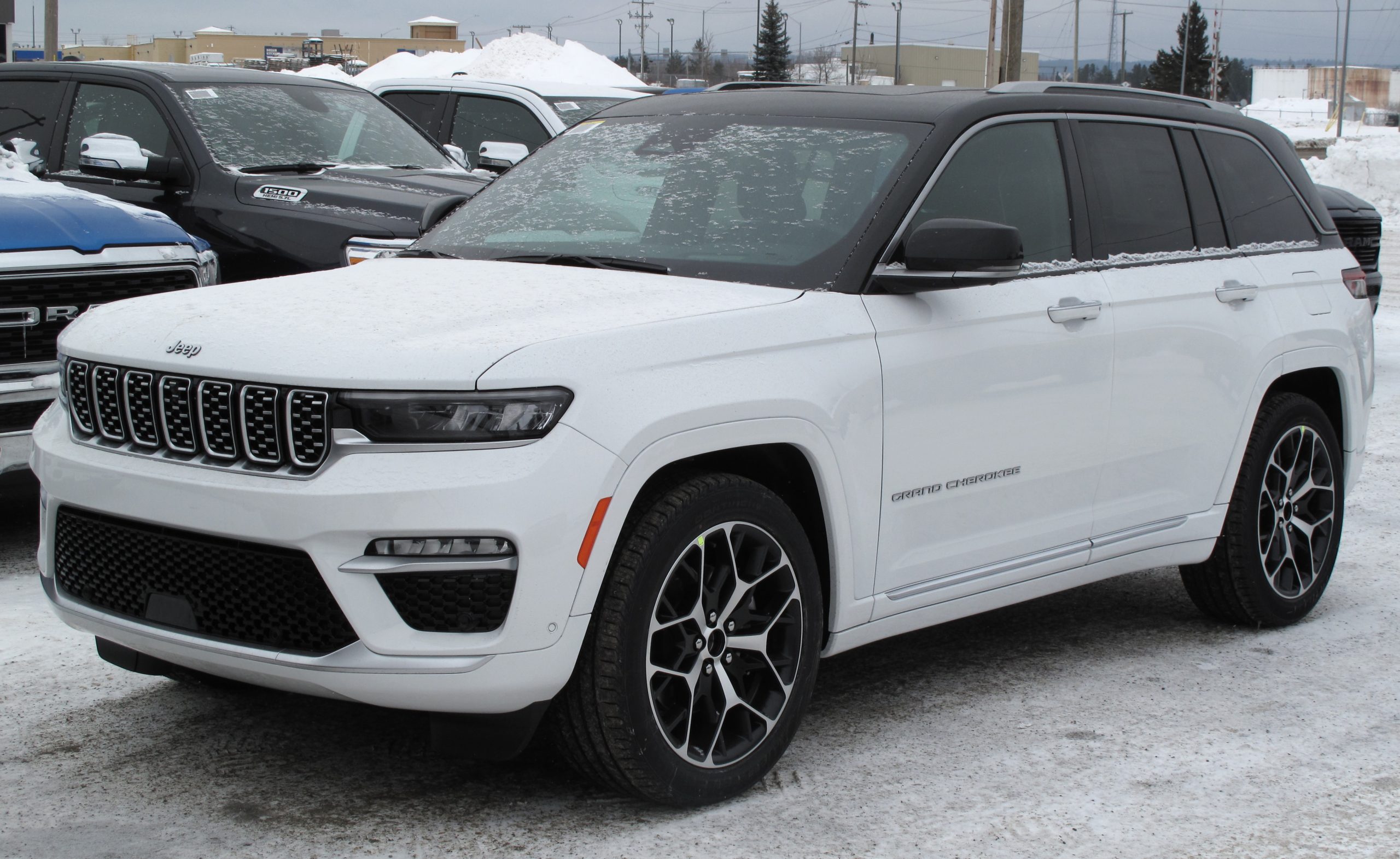
9. Ford Pinto – A Deadly Design Flaw
One of Ford’s biggest failures, the Pinto had a critical design flaw—its fuel tank could explode if rear-ended. Despite failed crash tests, Ford launched it, leading to tragic consequences. The Pinto remains an infamous example of prioritizing sales over safety. Its legacy serves as a warning to automakers that cutting corners on safety can have dire consequences.
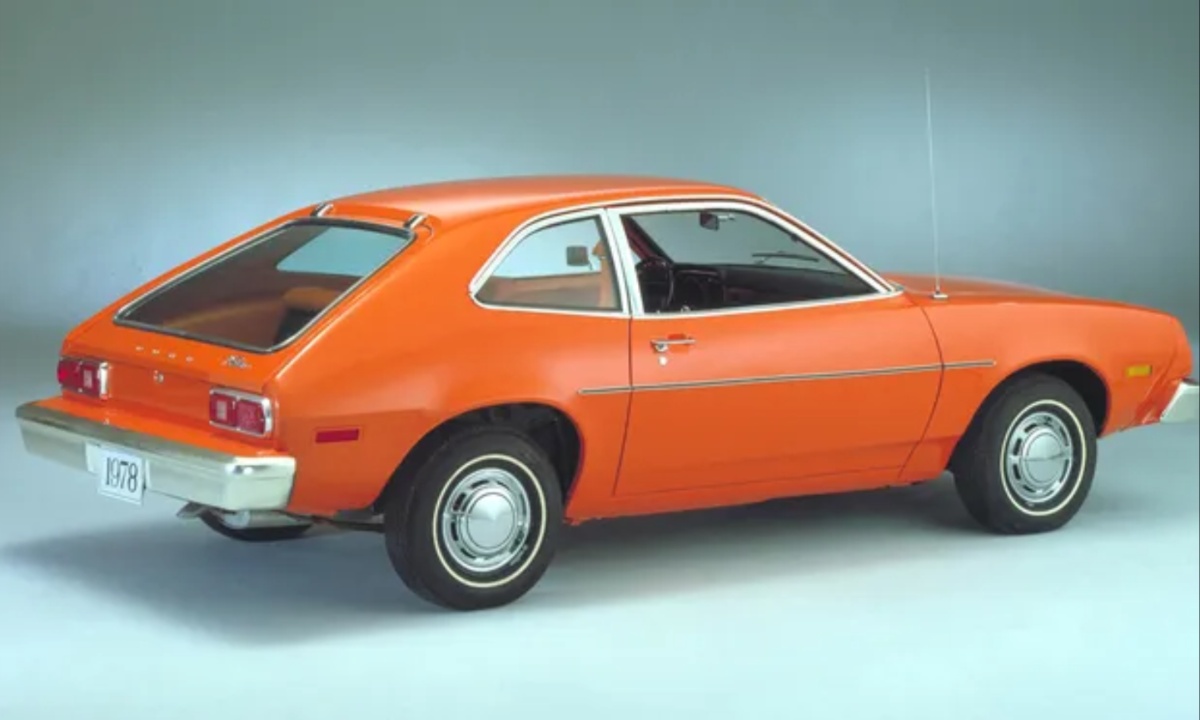
10. Fiat Panda – A Zero-Star Rating
The Fiat Panda is one of the few cars to receive a zero-star rating in the European New Car Assessment Programme (NCAP). It is particularly unsafe for children, scoring only 16% in the Child Occupant rating, well below the required 79%. Families should be cautious before considering this vehicle, as it lacks essential safety features expected in modern cars.
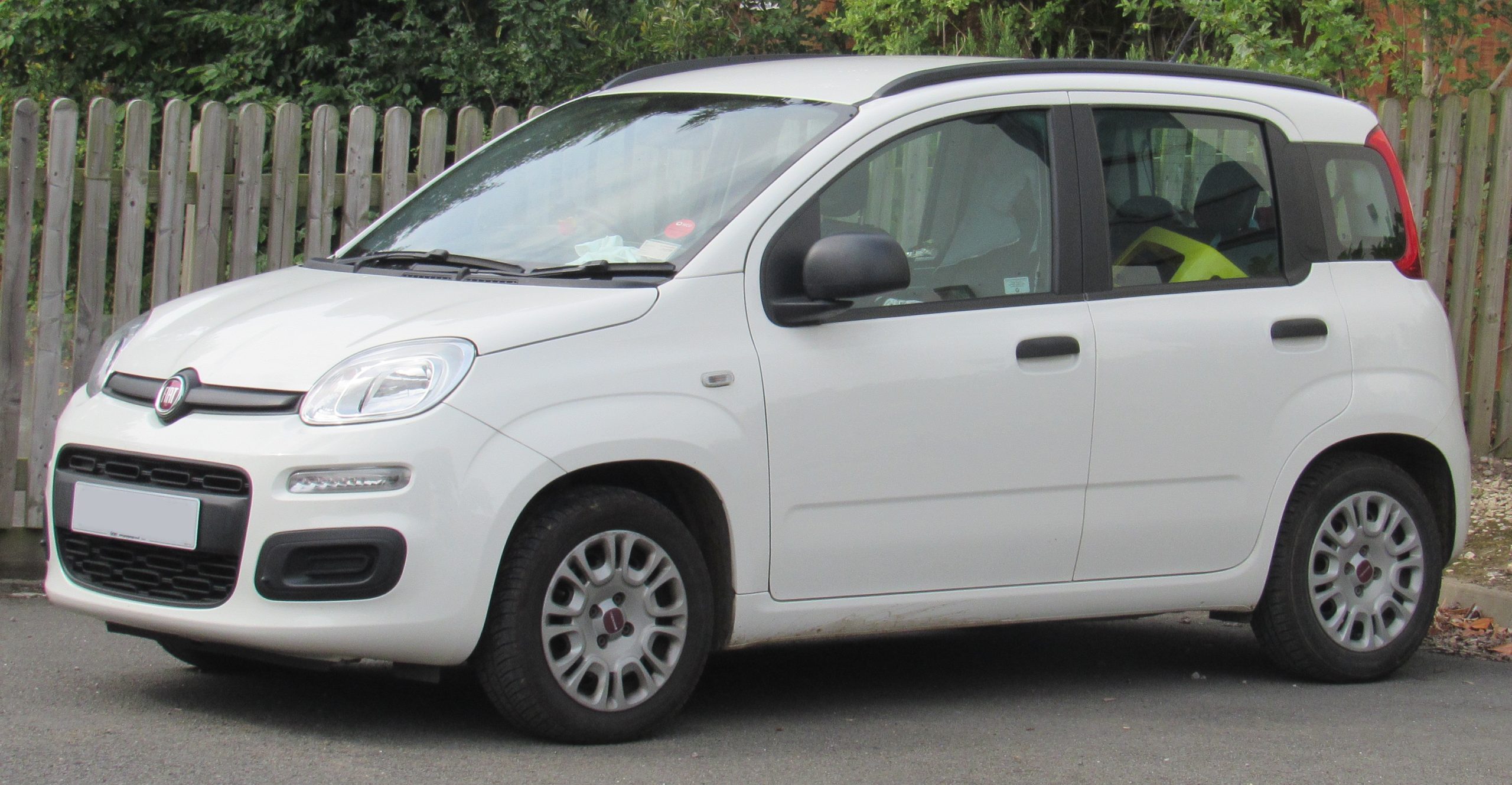
11. Suzuki Jimny – Poor Protection for Pedestrians
The Suzuki Jimny is a great SUV for daily use but fails in pedestrian protection. It scored only three stars in NCAP crash tests, exposing road users to high risks. While it offers a comfortable ride, its safety record leaves much to be desired. Buyers looking for both adventure and security should explore alternative SUVs with stronger safety credentials.
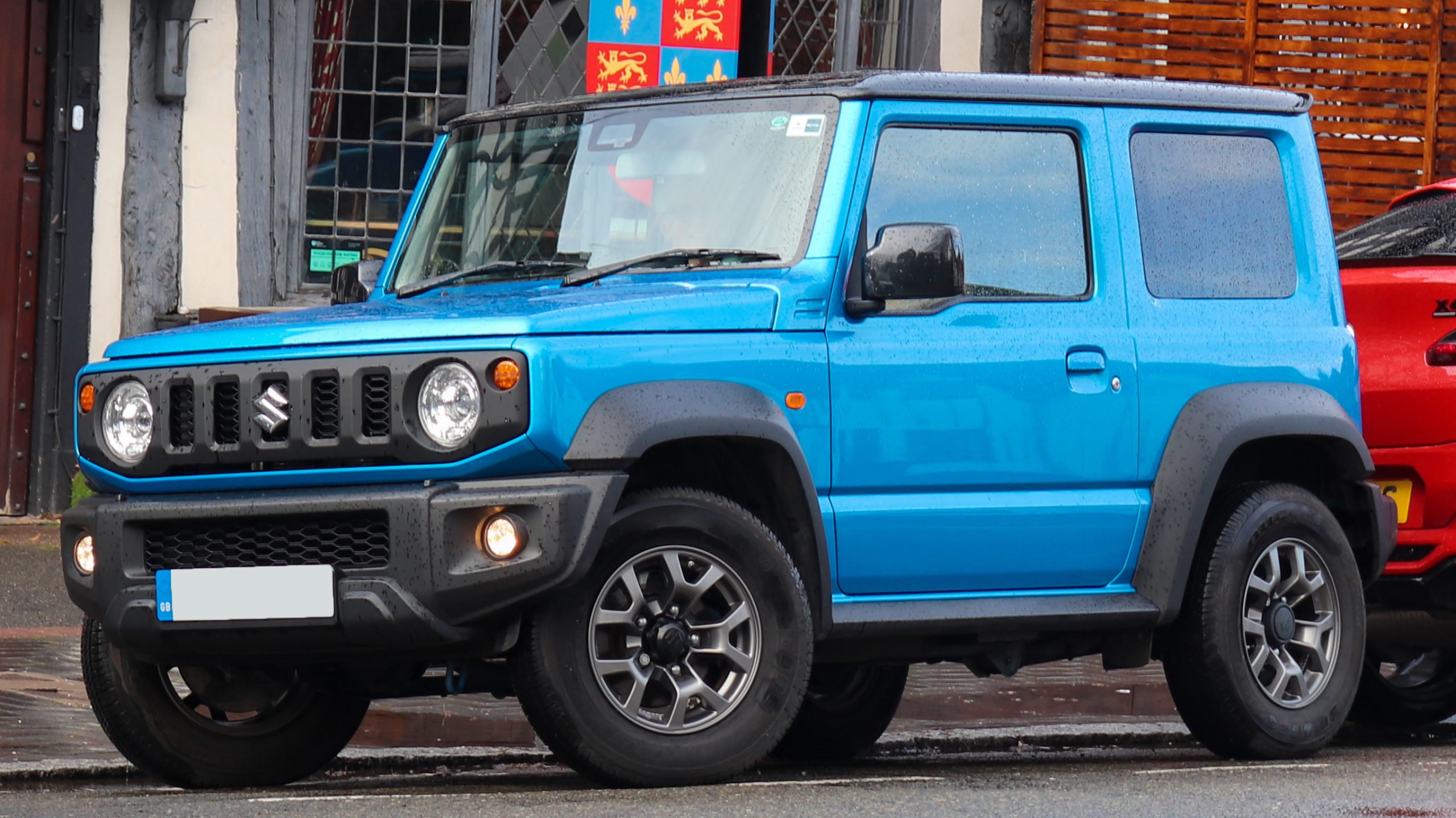
12. Dodge Journey – Risky for Drivers
The Dodge Journey performed poorly in IIHS crash tests. While it keeps passengers safe and passed pedestrian tests, it puts the driver at high risk, significantly reducing the chances of survival in a crash. The vehicle’s structure does not absorb impact well, leading to severe consequences in high-speed collisions.
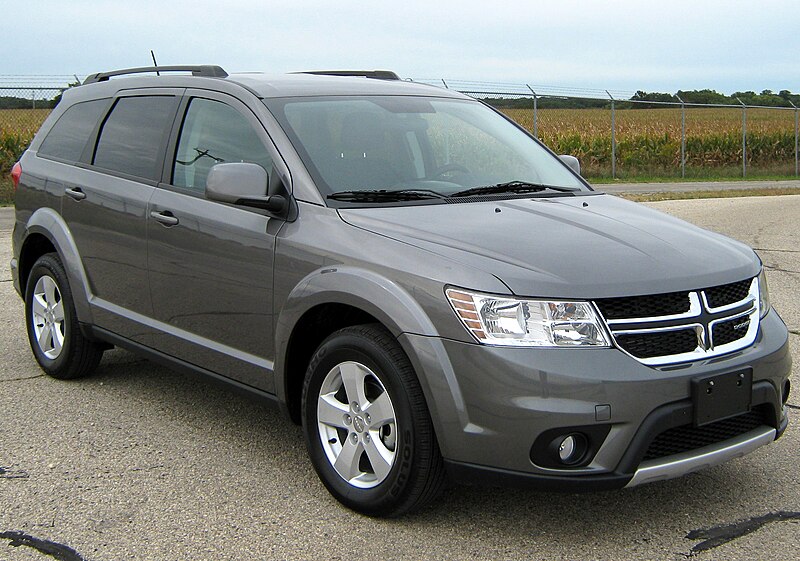
13. Fiat 500L – Multiple Safety Issues
The Fiat 500L has been criticized for its dangerous flaws. Consumer Reports ranked it among the lowest-rated compact cars. One of its most alarming issues is that in an accident, the driver’s head could slide off the airbag, increasing the risk of severe injury. Given these risks, potential buyers should explore other compact car options.
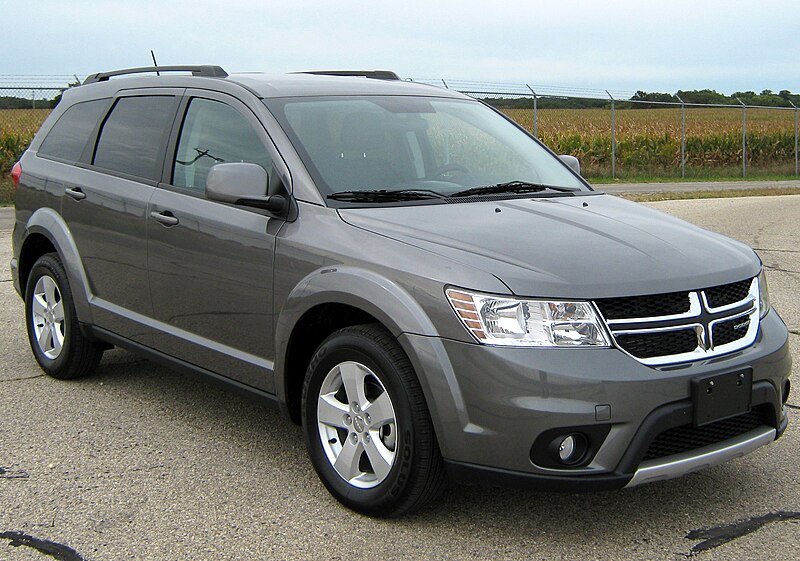
14. Ferrari 458 Italia – Prone to Explosions
At first glance, the Ferrari 458 Italia appears to have passed safety tests. However, at high speeds, it has been known to explode due to an adhesive issue in the rear wheel arches. Ferrari has since addressed the problem, but the incident highlights serious past safety concerns. While performance is a key selling point, safety must not be overlooked in high-performance sports cars.
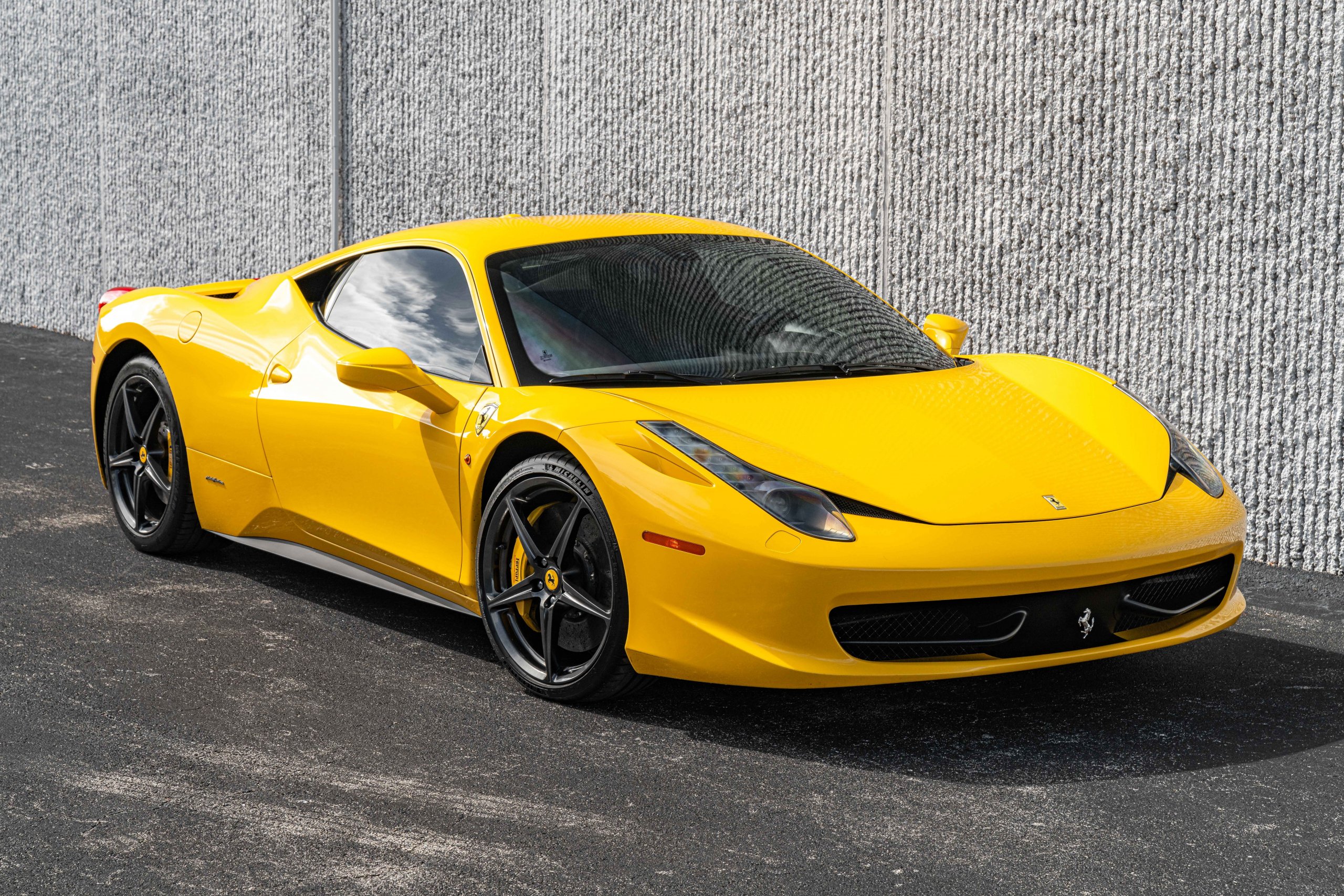
15. Mitsubishi Mirage – A Budget-Friendly but Unsafe Sedan
The Mitsubishi Mirage is popular for its affordability and fuel efficiency. However, it performed poorly in IIHS crash tests, receiving low scores in safety evaluations. While it is reliable in terms of maintenance, its crash test results are a major red flag for potential buyers. Cost-conscious consumers should consider other budget-friendly cars that offer better safety ratings.
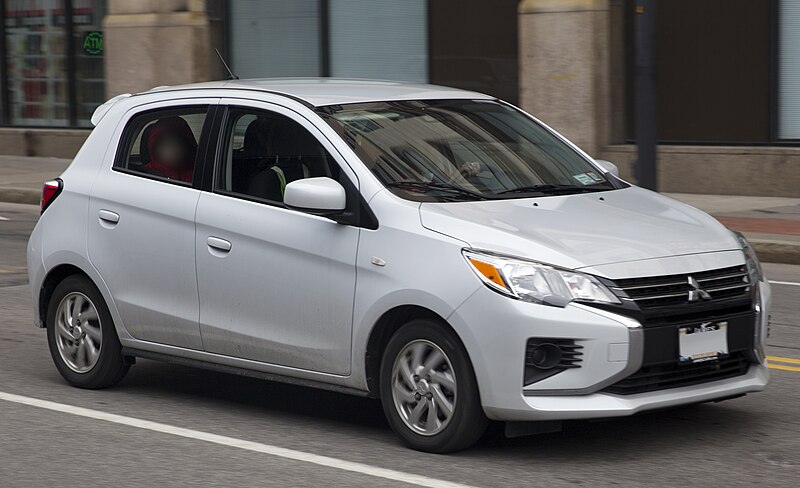
The presence of these cars on the market despite their failed crash tests raises important questions about vehicle safety regulations and consumer awareness. While advancements in automotive technology have significantly improved vehicle safety, these fifteen models demonstrate that not all cars meet the highest safety standards.
Buyers should prioritize crash test results before making a purchase to ensure the safety of themselves and others on the road. Conducting thorough research and choosing vehicles with strong safety ratings is the best way to protect lives on the road.
Also Read: 10 Best Performance Hatchbacks You Can Buy in 2025 for Speed, Style, and Practicality

